We may think of the building envelope as an inanimate object, but in reality its components can be quite mobile. Building materials grow, shrink, shift, bulge, deform, and elongate in response to stresses and fluctuations in the environment, and these dimensional changes often impose strain on adjacent elements.
Where the forces of movement are not foreseen during design and construction, evidence of the struggle will emerge, in the form of cracks, spalls, displacement, broken glass, warped metal, and, eventually, breakdown of the assembly.
Failure to anticipate and allow for movement in building materials compels imparted stresses to fi nd their own path to release, which is nearly always an undesirable one. Not only are cracks unsightly, they also open pathways for moisture penetration into the building enclosure, which compounds the problem as materials swell or corrode, placing further outward pressure on adjoining components.
To design for movement in the building envelope is to identify the properties of the materials used in construction, as well as the environmental and siting conditions of the building, and to develop a design that either minimizes or allows for such movement.
After you have read and studied the text, you should be able to:
• Identify causes of dimensional changes in building envelope elements.
• Describe strategies for accommodating movement in the building enclosure.
• Distinguish among types of movement joints, including construction joints, control joints, and expansion joints.
• Explain the effects of differential movement in building envelope materials and discuss methods for permitting independent movement.
TAKE THIS FREE AIA CES COURSE AT BDCUNIVERSITY.COM
Related Stories
Sponsored | BD+C University Course | Apr 1, 2022
Video surveillance systems for multifamily housing projects
This introductory course provides detailed technical information and advice from security expert Michael Silva, CPP, on designing a video surveillance system for multifamily housing communities – apartments, condominiums, townhouses, or senior living communities. Technical advice on choosing the right type of cameras and optimizing the exterior lighting for their use is offered.
Sponsored | BD+C University Course | Jan 30, 2022
Optimized steel deck design
This course provides an overview of structural steel deck design and the ways to improve building performance and to reduce total-project costs.
Sponsored | Steel Buildings | Jan 25, 2022
Structural Game Changer: Winning solution for curved-wall gymnasium design
Sponsored | Steel Buildings | Jan 25, 2022
Multifamily + Hospitality: Benefits of building in long-span composite floor systems
Long-span composite floor systems provide unique advantages in the construction of multi-family and hospitality facilities. This introductory course explains what composite deck is, how it works, what typical composite deck profiles look like and provides guidelines for using composite floor systems. This is a nano unit course.
Sponsored | Reconstruction & Renovation | Jan 25, 2022
Concrete buildings: Effective solutions for restorations and major repairs
Architectural concrete as we know it today was invented in the 19th century. It reached new heights in the U.S. after World War II when mid-century modernism was in vogue, following in the footsteps of a European aesthetic that expressed structure and permanent surfaces through this exposed material. Concrete was treated as a monolithic miracle, waterproof and structurally and visually versatile.
Sponsored | BD+C University Course | Jan 12, 2022
Total steel project performance
This instructor-led video course discusses actual project scenarios where collaborative steel joist and deck design have reduced total-project costs. In an era when incomplete structural drawings are a growing concern for our industry, the course reveals hidden costs and risks that can be avoided.
Sponsored | BD+C University Course | Oct 15, 2021
7 game-changing trends in structural engineering
Here are seven key areas where innovation in structural engineering is driving evolution.
BD+C University Course | May 5, 2020
Building Design+Construction Earns 2020 Jesse H. Neal for editorial excellence
BD+C's BDC University continuing education platform was honored with a Neal Award in the Best Instructional Content category.
BD+C University Course | Aug 22, 2019
Lasting thermal control for building façades [AIA course]
A confluence of product innovations, creative assemblies, and improved project delivery techniques are helping improve building exterior performance and reduce first costs and long-term energy use.


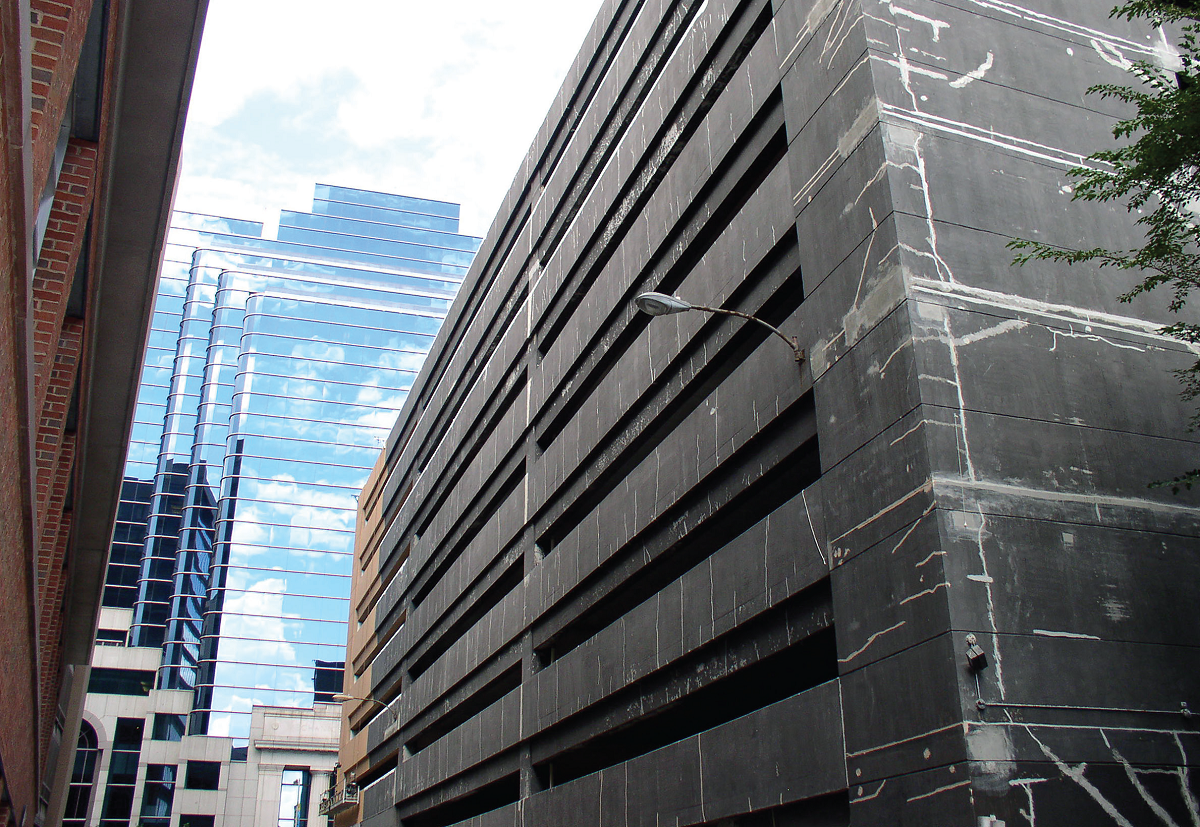

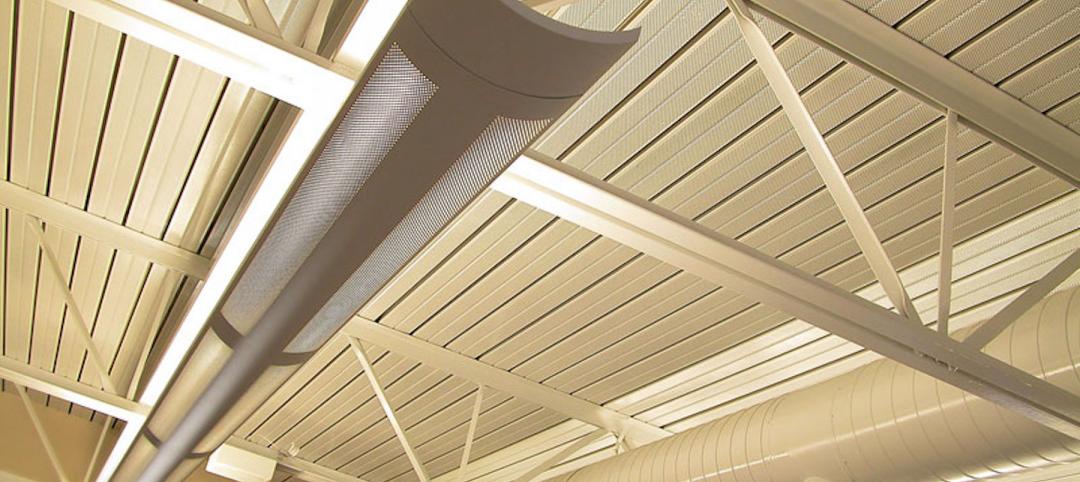


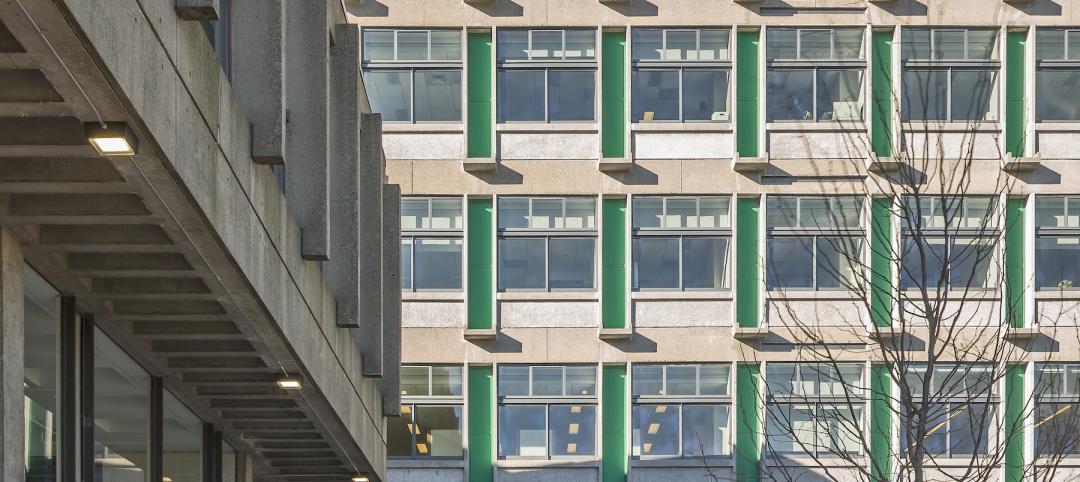
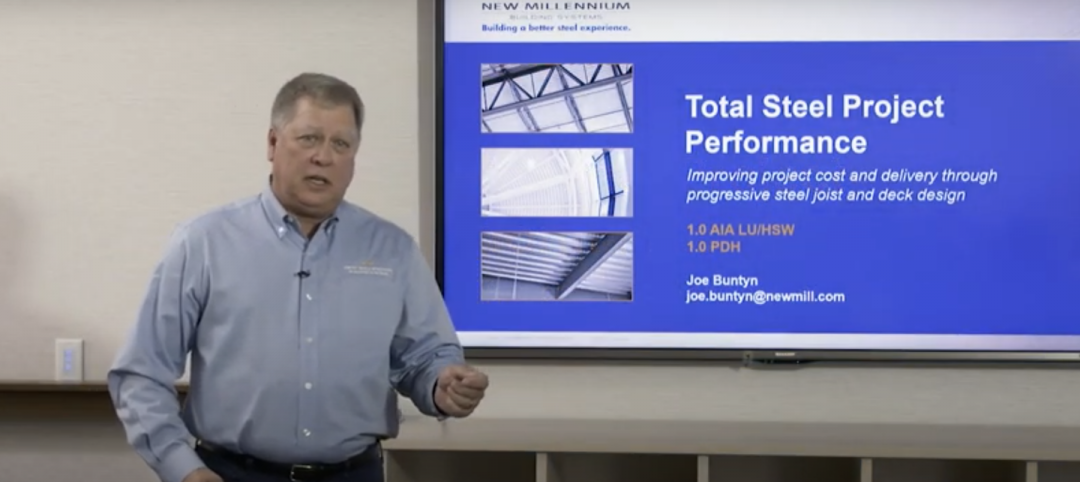
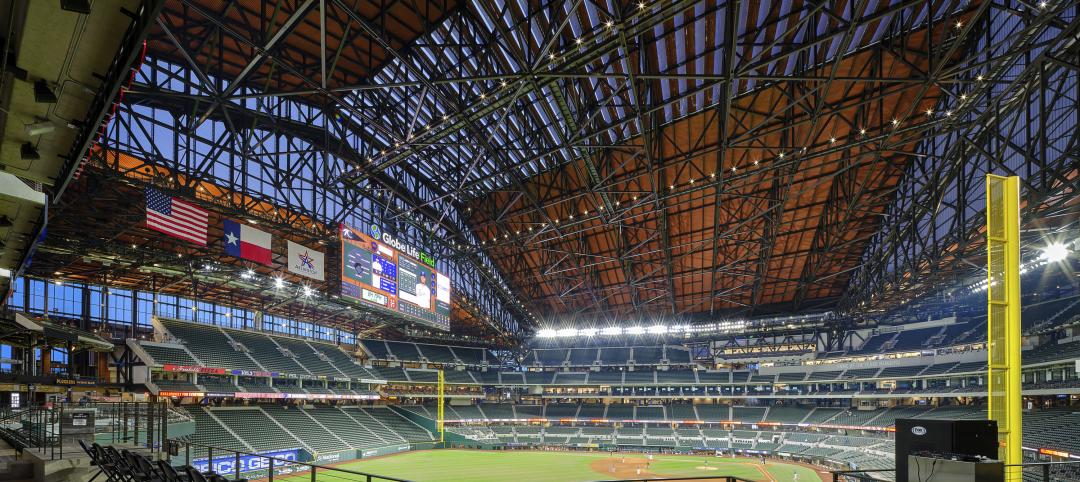
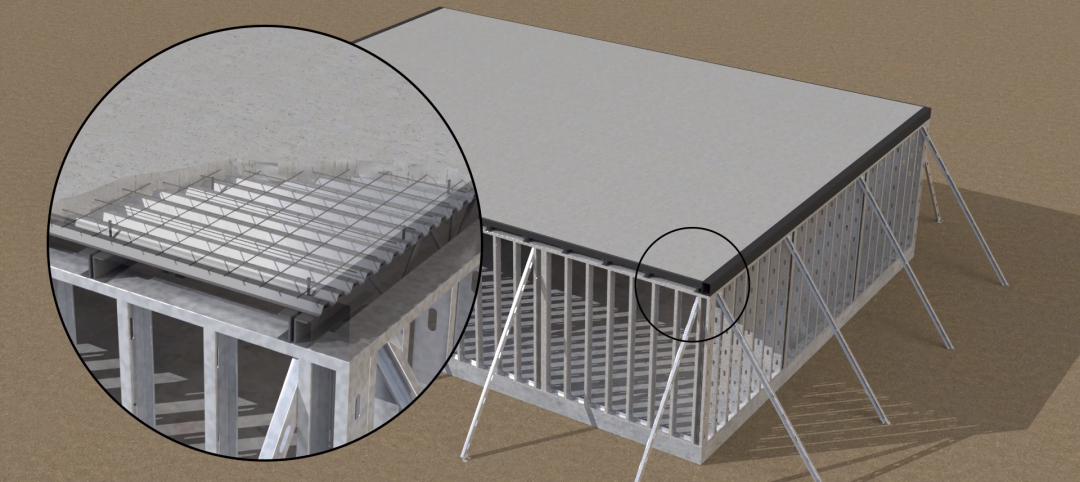
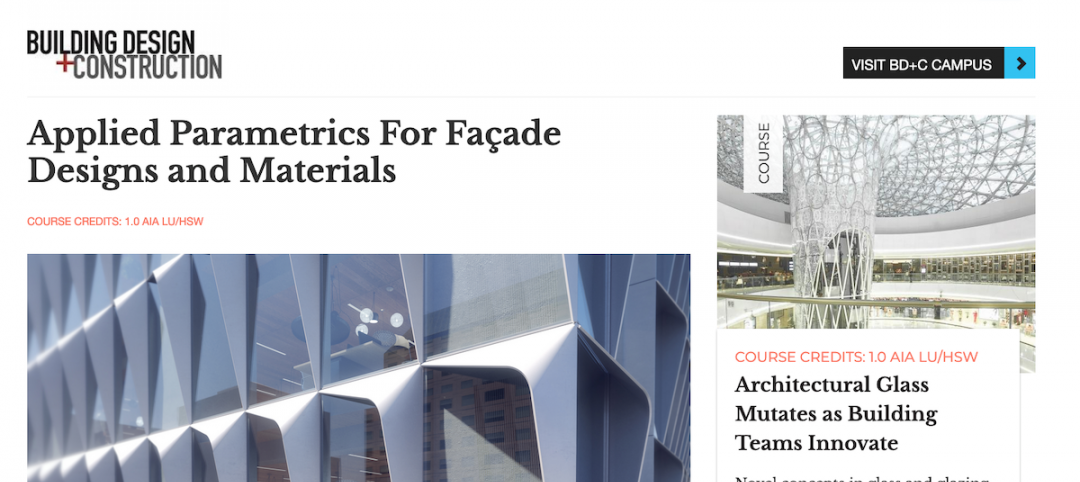
![Lasting thermal control for building façades [AIA course] Lasting thermal control for building façades [AIA course]](/sites/default/files/styles/list_big/public/December%202018%20AIA%20course%20facade%20insulation%20opener%20%20%281%29.jpg?itok=DV6fmNj3)




